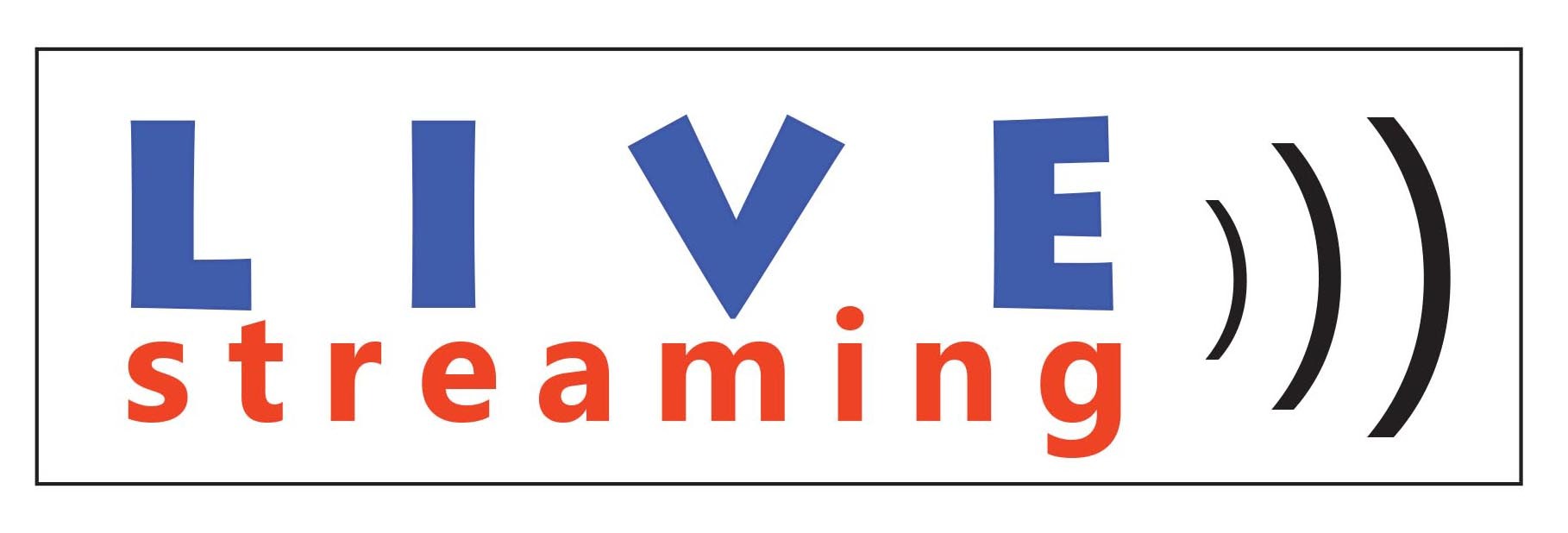Shabbat Shalom with a Heart Healthy Dose of Torah – Vayishlach
I have a dear friend and colleague who will be moving to a new congregation. Everyone is excited for the new opportunity, new start, new relationships – new everything. There is one hitch; it is not new. She will be moving to a new congregation in the city in which she grew up. She will live near family and some lifetime friends! Amidst all the excitement, she anxiously asked, “I wonder how the “new me” will be received by the folks who knew the old me?”
Returning can present wonderful opportunities and emotional challenges. Jacob first met God at Beth El. He had the famous dream wherein God stood atop the stairway to the heavens. Jacob erected a Matzaevah (pillar or monument) to mark the spot and the occasion upon awakening. Years pass, he wrestles with God, reunites with his brother (Esau), works to earn both his wives (Lean and Rachel) from his deceiving father-in-law (Lavan), “settles” his account with his father-in-law, and now returns to Beth El.
While the Torah text does not specifically tell us, I believe that this return trip is intended to finish some “unfinished business” with God. Quite literally, Beth El translates “God’s House.” after the dream, Jacob was still unsure of this “God” entity. “Then Jacob made a vow, saying, “If God will be with me and will watch over me on this journey I am taking and will give me food to eat and clothes to wear so that I return safely to my father’s household, then Adonai will be my God.” (Gen 28:21-22) 20 years (and seven chapters) later, is he the same Jacob who made that vow? As his family arrives, he instructs them, “… we will rise and ascend to Beth El. There I will construct an altar (Mizbae-ach) to God, Who answered me in my hour of trouble, and Who accompanied me in the path that I took.” (Gen. 35:2-3)
A pillar (actually prohibited in Deuteronomy) is a historical marker, a monument to “something happened to me here” An altar is an active structure used in the service of bringing people together in worship. An altar activates a community. A pillar speaks to a person’s journey. Over the course of these years, with all the trials and blessings that Jacob experienced, he is not the same person he was. Only God was present in the original moment, so there is no one Jacob needs to impress.
In our world, in my colleague’s experience, we know that we are not the same when we return. People who have not seen us in 20 plus years (or more) only know who they used to know. When I went back home just for my 40th High School reunion, no one knew what to do with me as a Rabbi. I was voted “least likely to have a spiritual bone in my body” during our senior year.
For those of us returning, we need to understand the challenge people will experience in “re-acquainting.” The people must remember that the one returning is someone new, even while possessing old memories.
More to the general point, often, we think we know more about people and situations than we actually know. Our history, bias, and memories cloud our ability to see or think clearly. Every interpersonal engagement is brand new. Whether it is 20 years, one day, or meeting for the first time, we bring our past into every conversation. We have to allow ourselves to see more in a person than we may be prepared to see. Look at Jacob’s transformation. I submit that he would be unrecognizable to the people he left all those years back. Each of us changes and grows. The blessings and challenges of decades gone by can only hold on to us and keep us from experiencing renewal if we are willing to let them do so.
Henry David Thoreau said, “Could a greater miracle take place than for us to look through each other’s eyes for an instant?” We need to welcome with open arms and engage with a full heart, and then we can reminisce or work on making new memories starring each other!
Shabbat Shalom.

